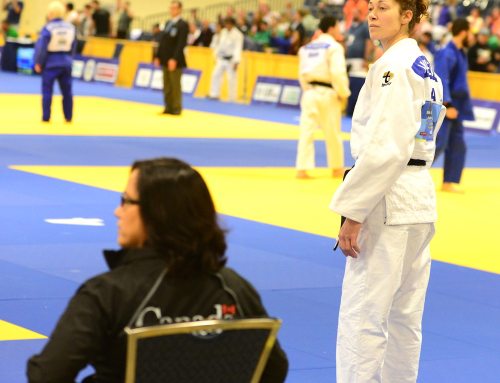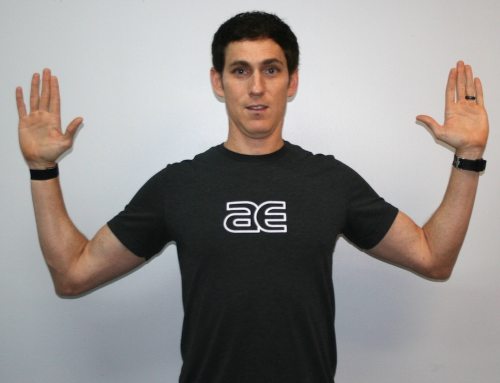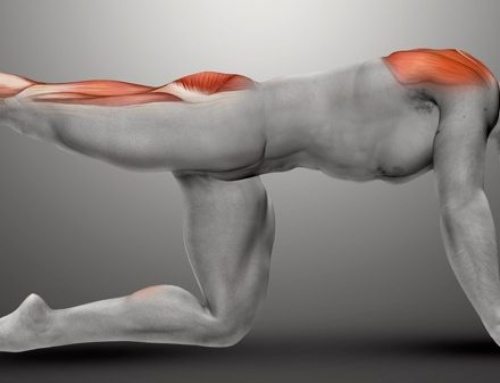
By Bob Leonard
After a thorough exam of my teeth and a good whitening to top it off, my dental appointment came to an end. A smiling receptionist on the other side of the front desk cheerfully asked what day worked best for my six-month follow-up appointment. Although I’d been to a dentist many times before, this time I paused. My pause wasn’t because I didn’t want to return or didn’t know whether I should. Rather, I was wondering whether I don’t ask my patients the same thing.
You see, I’m a physical therapist and I happen to share many similarities with my dentist. We both work in clinics, we both treat patients with a variety of conditions, and anatomy is at the core of what we do. When I think of our differences, one stands out among the others: Dentists see people when nothing is wrong. On any given day, the majority of dental offices are filled with patients who have no teeth or mouth issues. These patients are there for a routine visit, to make sure all is well and remains well. A proactive approach to making sure they keep their smile looking pleasant and their chewing capabilities intact makes sense. Why do teeth trump muscle in terms of perceived importance by the populous? After all, there are only 32 teeth, compared with approximately 640 muscles, in the human body. Having teeth does help in the smile department. And as a guy who loves food, I definitely appreciate their role in chewing. But as important as a photogenic smile is to one’s appearance, what’s responsible for holding that nice erect posture for the camera in the first place? Muscle! And as important as chewing is to food consumption, have you ever thought about your life without muscle? If the walls of our Proaxis Therapy clinics could talk, you’d hear countless stories of patients who never imagined having an activity they love taken away from them. Muscle, like good health in general, is something you don’t truly appreciate until it’s gone.
So, how do you keep the muscle you have? Bad news first: The reality for all of us is that muscle does decrease (atrophy) as we age. The good news? We can slow down this atrophy considerably by being proactive. Back to the teeth analogy, imagine if we gave the same TLC to our muscles as we do our teeth. Most of us brush a couple of times a day, occasionally floss, and visit the dentist regularly. How would we look, feel, and function not only now but five, 10, even 20 years from now if we were just as proactive with our muscles?
# # #
Bob Leonard is a 15-year physical therapist and innovative health care executive. He currently serves as vice president of marketing and public relations for Proaxis Therapy, a fast-growing industry leader in outpatient sports therapy and rehabilitation.





